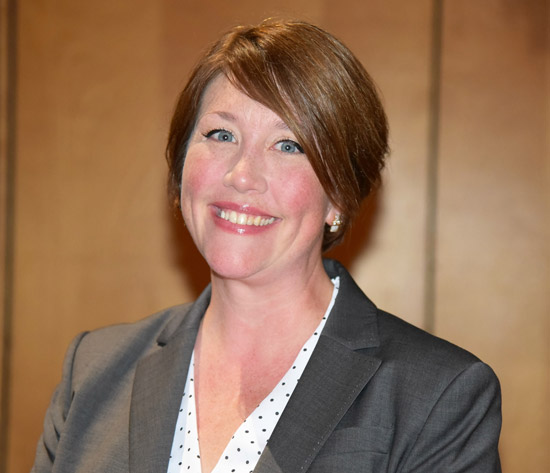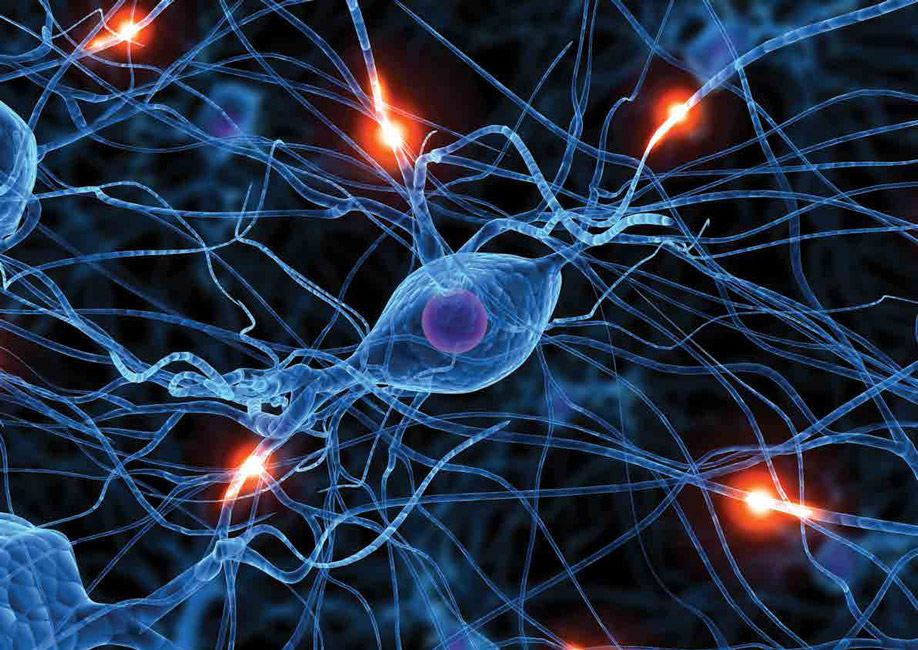Science is once again on the move in Huntington. Beginning this week, 22 district classrooms are piloting the Oneida-Herkimer-Madison BOCES science kit program.
Youngsters in all four primary buildings as well as Woodhull Intermediate School are involved in the pilot program. “We are looking for a new program so that our curricula are aligned with the new state science learning standards,” said Jill N. Johanson, district director of STEM. “What makes these standards new and exciting are that they change the way that science is taught at all levels.”

Huntington's Director of STEM Jill N. Johanson.
The new standards focus less on learning content via memorization and more on learning by having students doing both science and engineering authentically in the classroom. “Students are asked to do things like plan and conduct investigations, develop models, analyze data, explain phenomena by citing evidence and design and build solutions to real world problems,” Ms. Johanson said.
The Oneida-Herkimer-Madison BOCES program provides classroom teachers with a kit of lessons on several topics that vary by grade level that provide hands-on experiences. “There is an online platform with lessons that marry to the kit activities and that is very user-friendly,” Ms. Johanson said.
Some examples of kit projects that are currently being piloted by grade include:
• Kindergarteners will be maintaining an ecosystem with a plant, snail and Siamese fighting fish or betta. “They will be designing and presenting a project out of all recycled materials to demonstrate how they can help the environment by making something new through recycling,” Ms. Johanson said.
• First grade rooms will host a hermit crab and study its exoskeleton. The culminating project is to design a solution to several problems using biomimicry or looking at animal adaptations for survival and using them to help humans. (Example: Divers wear flippers modeled after ducks’ webbed feet to help them swim more efficiently.) Another kit will have students designing and building their own human body systems.
• Second graders will conduct their own controlled experiment to determine if sunlight, water, both, or neither are required for plants to grow. Other important scientific concepts that will be explored are variables and controls.
• Third graders will build a magnetic-levitating vehicle that travels on a track under its own power. They will also test how much mass it can hold. Another kit has students testing water and vinegar on several objects to engage in a discussion about the environmental impacts of acid rain.
• Fourth graders will host a fiddler crab. As a culminating activity, they will test the senses of the fiddler crab. “Students will see if they can stimulate one of the crab's senses in their very own controlled experiment,” Ms. Johanson said. “Students will be responsible for designing the experiment, identifying the variables, conducting the experiment, recording and analyzing data, and making conclusions. At the end of the lesson, students will share their findings with their classmates.
• Another kit has fourth graders using materials at their disposal to design and build a vehicle which will travel the length of a 1-3 meter track under its own power.
• A fifth grade class will host a gecko. They will do a controlled experiment on the type of food the gecko prefers; meal worms or crickets. Then, they will design and conduct another experiment that they will then present to their classmates.
• Another kit has fifth graders analyzing how much a dripping faucet impacts the world’s fresh water supply.
Sixth Grade Activities
Sixth grade teachers will soon be piloting a pair of programs. The first is a curricular initiative known as TCI. “Currently, all fourth and fifth grade teachers at Jack Abrams STEM Magnet School use this program, but we are hoping to expand the use of it to all sixth grade teachers at both the STEM School and Woodhull,” Ms. Johanson said. “TCI is aligned with the new science standards and also comes with kits for each unit for the hands-on activities called for by the NYSSLS. The unit the teachers will pilot is on waves.”
Students will build and optimize simple wave power generators, design a structure to prevent erosion of the coastline, design a light art piece, learn to use Morse code to transmit messages, design a communication system that encodes letters, numbers, and symbols using multiple different frequencies of light, and design a TV commercial, radio ad or billboard that explains to consumers why the digital version of a product is more reliable than the analog version of the product.
“The second program they will pilot is called Legends of Learning,” Ms. Johanson said. “It is supplementary to their regular curriculum and reinforces concepts in many science topics via the use of games.”
Teachers will create “playlists” of games for their classes, assign the playlists for a given time period, and then assess student understanding of the topics all through the program. “What the students see as ‘gaming’ is actually reinforcing science content,” Ms. Johanson said. “Some games I have seen in action were ‘angry birds’ where the student had to acquire coins by ‘throwing balls’ of different mass. Another was an escape room game that allowed students to progress through the levels by balancing chemical equations.”
Huntington students have traditionally been fascinated by science in all its splendor. The district’s ongoing move to upgrade is science program is sure to keep interest running high for years to come.
